The Japanese tea ceremony is perhaps one of the most beautiful and symbolic aspects of Japanese culture. It is defined by elegance and characterized by refined movements, which are integral to its symbolism. The Kanji for “tea ceremony” is “茶道” (“Sadou” or “Chadou”), literally translating to “the way of tea.” From a foreigner’s perspective, understanding the “way” of tea can be challenging, as the tea ceremony is much more than simply drinking tea. Therefore, one must experience a tea ceremony to fully grasp its meaning and understand the deeper culture of the land of the Rising Sun.
The Ritual and Its Movements
During the tea ceremony, guests sit in the Japanese style, with legs bent and weight on the ankles. They watch the host’s perfect and stylish motions, delighting in the artistic movements of the ceremony. Guests nibble on small cakes, followed by three sips of a special kind of green tea. This tea has a concentrated color and slightly bitter taste. While sipping, guests also study the simple and attractive design of the tea bowl. The entire process is a feast for the senses, combining taste, sight, and the appreciation of artistic movement.
The Deeper Meaning of Japanese Tea Ceremony
“Sadou” means much more than just drinking tea. It embodies deep concentration, respect, and contemplation of the beauty and harmony within the tea ceremony. Every movement in the ritual holds significance, and every word spoken by the host carries meaning. Even the act of turning the tea bowl is important. To fully understand this sacred ritual and find tranquility amidst the chaos of modern life, one should experience “Sadou” at least once in their lives. It offers a unique perspective on mindfulness and the appreciation of the present moment.
Find out more about Japanese culture here!

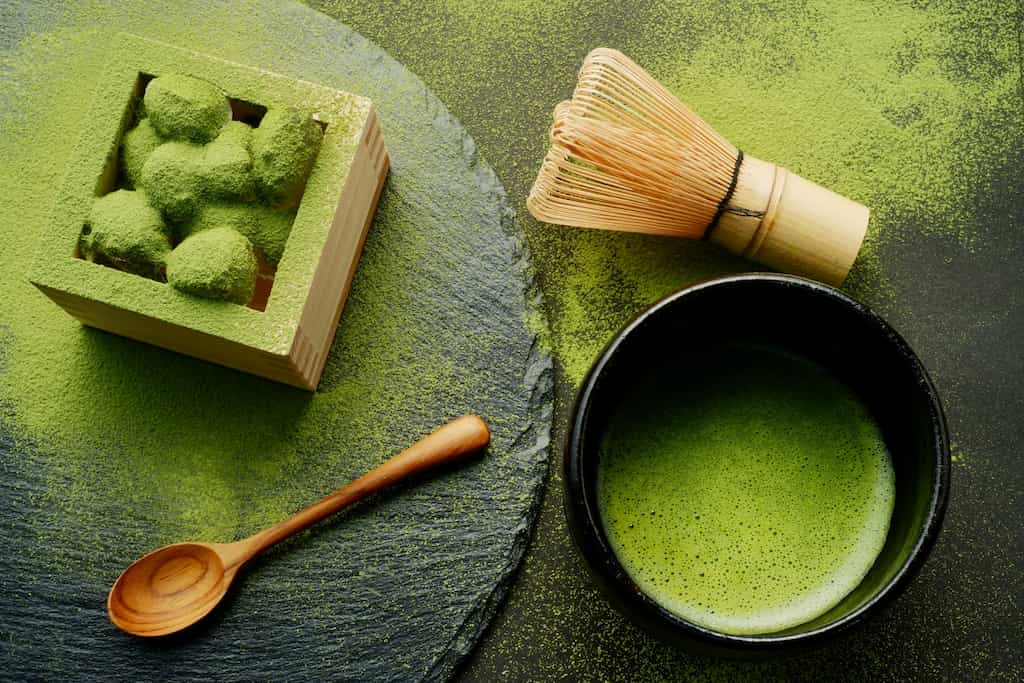
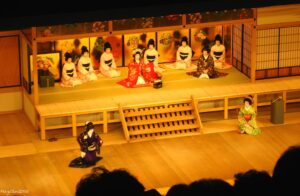


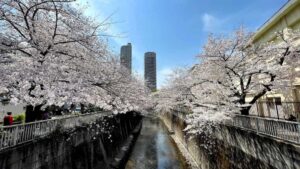
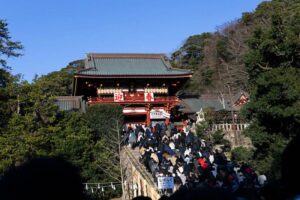
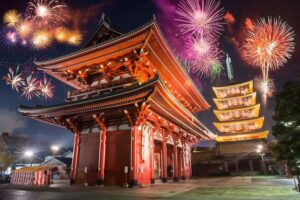
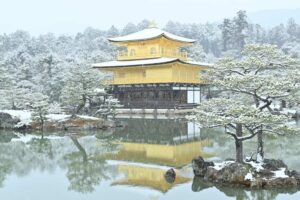
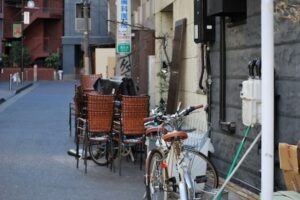
Comments
List of comments (2)
Hi, i liked your blog, this article was very intresting as a foreigner like me, greetings from Turkey:)
welcome to all in japan! I hope you enjoy this website!